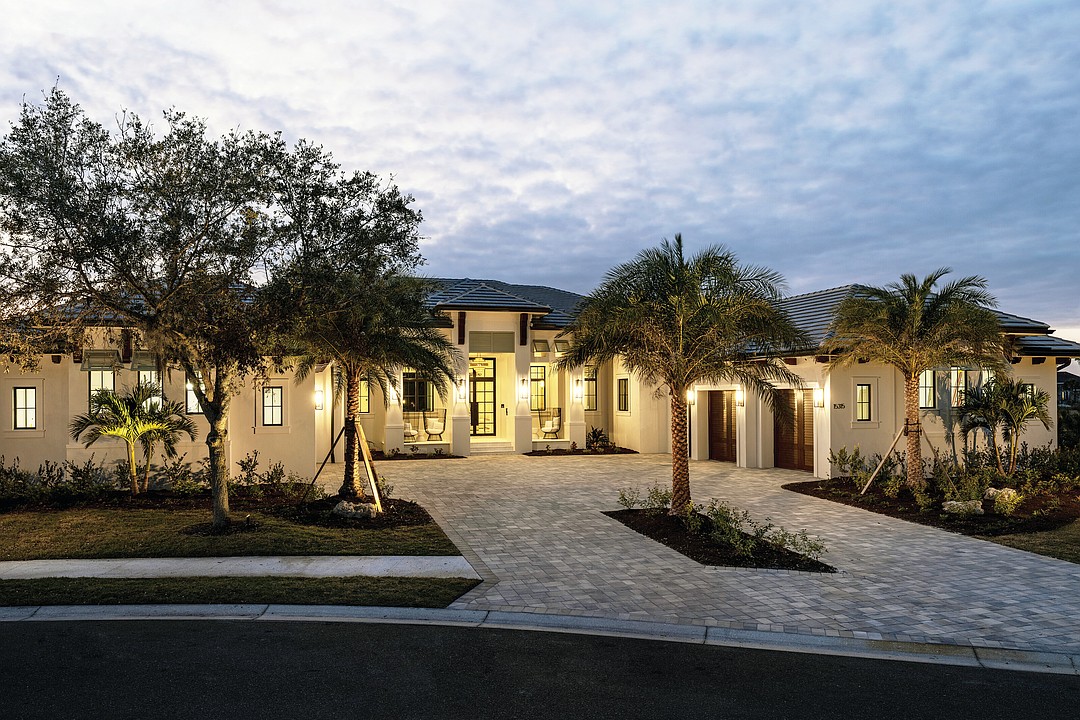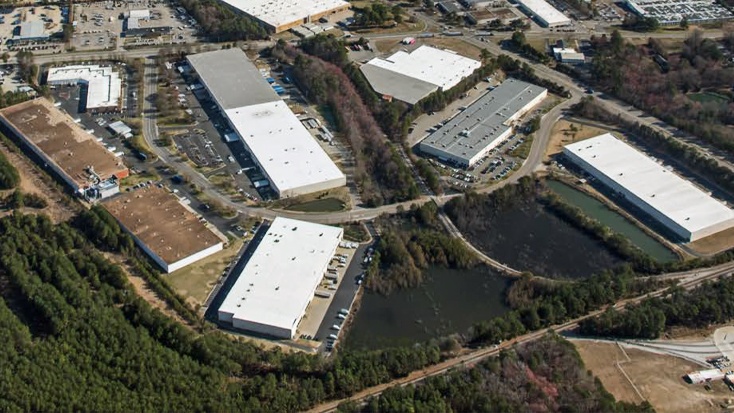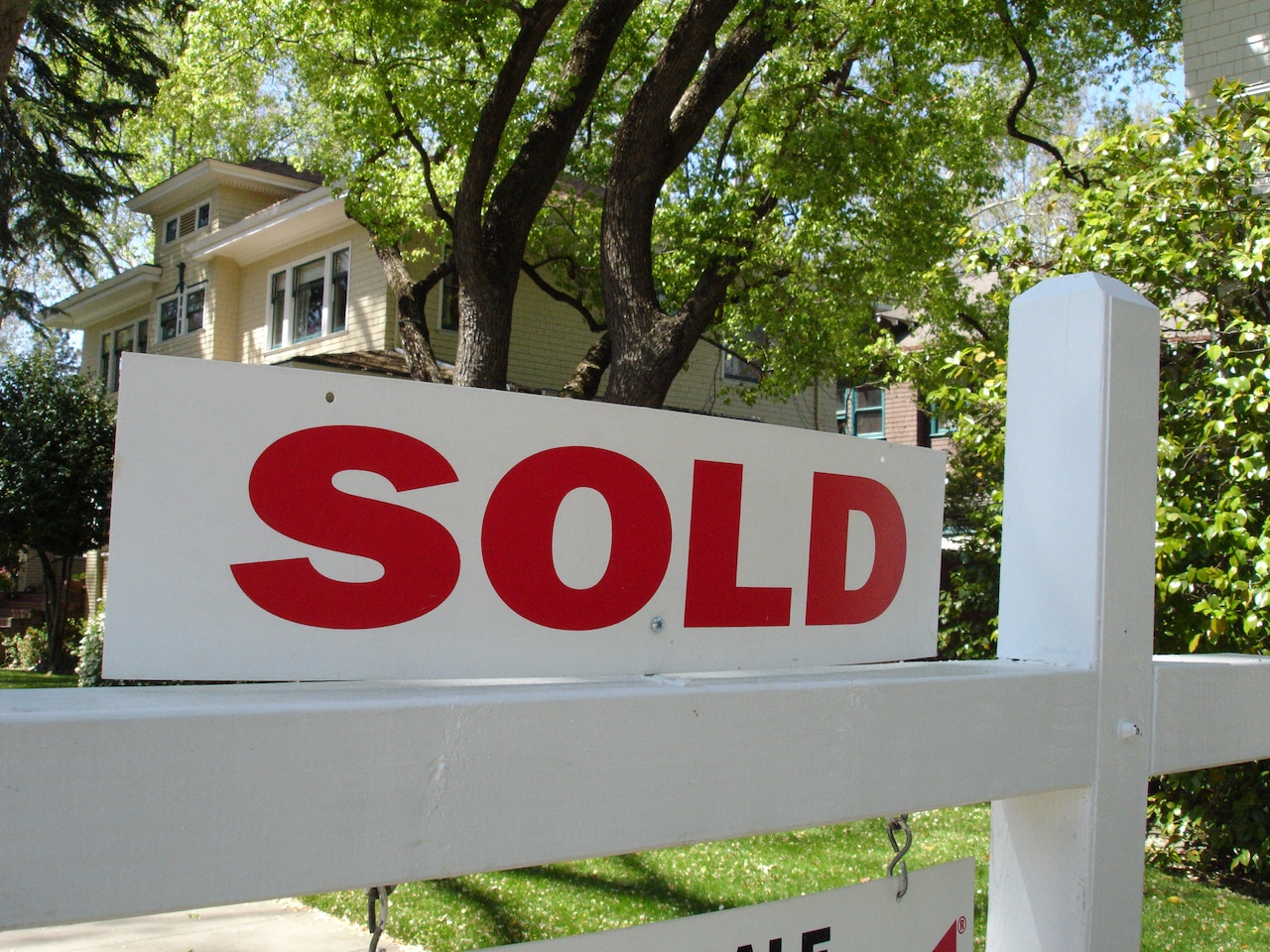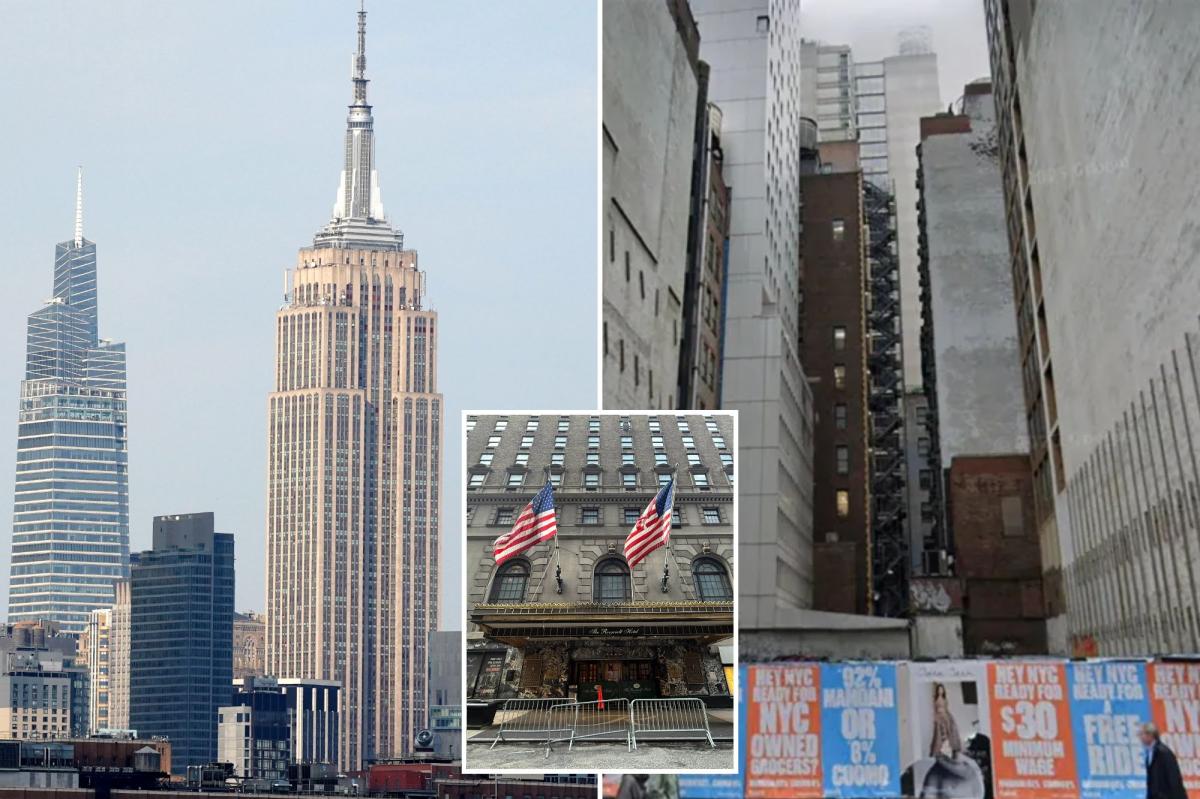T
he aftermath of natural disasters like wildfires, hurricanes, and floods can be devastating for residents and businesses. For real estate investors, these events present unique challenges that require careful consideration. Rebuilding and reestablishing oneself in the face of disaster is crucial.
In recent years, the US has experienced a record number of billion-dollar weather and climate disasters, with over $92.9 billion in cumulative costs in 2023 alone. These incidents often lead to changes in insurance rates and availability, making it essential for investors to navigate these complexities.
When rebuilding after a disaster, investors may face unexpected challenges, such as delays in processing insurance claims and the risk of predatory contractors. Having a trusted network of professionals can help mitigate these risks by connecting you with reliable insurance representatives, contractors, and other experts involved in the rebuilding process.
Local governments often offer aid recovery programs, tax relief, and rebuilding grants to encourage redevelopment. For example, after the 2017 fires in Santa Rosa, California, the city expedited permitting and waived fees for rebuilding projects. Similarly, Florida's Miami-Dade County has implemented new building codes requiring structures to withstand hurricane-force winds and incorporate flood-resistant features.
As you consider real estate investing in disaster-prone areas, it's essential to future-proof your projects by incorporating strategies that promote long-term sustainability. This may involve elevating structures in flood zones, using fire-resistant materials, or installing generators and off-grid power systems. Consulting flood zone maps and wildfire risk maps can also help inform your development plans.
By doing the research and working with a knowledgeable team, real estate investors can contribute to the rebuilding of communities affected by natural disasters while providing long-term sustainability and value to these areas.














